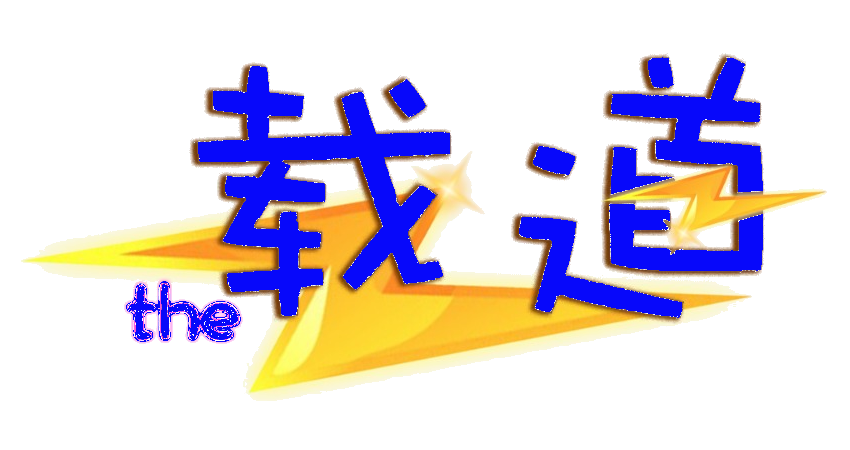When visiting Chinese tourist attractions, like the Forbidden City or ancient temples, I always notice people dressed in Hanfus (汉服) and other traditional robes. These vibrant, flowing garments are more than just cosplays for photo shoots, but also a tribute to the Chinese heritage. However, when I walk through busy cities like Shanghai (上海) and Beijing (北京), I noticed that it’s a completely different fashion state. People are wearing casual jeans and tees, clearly with some Western influence. This contrast shows how far the Chinese people have come in the journey of fashion, which has evolved from ancient traditions, to modern, westernized styles. But how did we go from these beautiful Hanfus, to modern streetwear?
The Hanfu literally means “Han peoples’ clothing”, and is the traditional clothing of the Han Chinese, one of the world’s oldest and most continuous civilizations. The Hanfu has over 000 years of history, originating during the Han Dynasty, although there were similar styles during the Zhou and Qin Dynasties. A Hanfu had features like a cross-collar, wide sleeves, and a wrapped skirt, with a ribbon tied around the waist to secure the Hanfu. This ribbon also serves as a decoration, often embellished with tassels, jade
pendants, or other ornaments that show one’s status or personal preference. The Hanfu had a lasting impact on Chinese fashion in later dynasties.
During the Tang Dynasty, China rose to its golden era due to success through the Silk Road. Clothing became more vibrant and colorful, often showing women with low necklines, emphasizing the empire’s wealth and openness to foreign influences. Tang Hanfus also influenced the development of the Japanese kimono and Junihitoe, which were brought back to Japan by Japanese representatives, known as Kentoshi, who were sent to China to study its rich culture.
In the time of the Song Dynasty, fashion was shifted towards more elegant designs because they promoted the Confucian ideals of modesty. Song Hanfus were simple, having a thin Beizi (褙子) paired with a long skirt. These light robes were practical for everyday use.
The Ming Dynasty brought back the original Han Chinese style after being conquered by the Mongolian Yuan Dynasty. Ming Hanfus had rich colors like red, blue, and green, which, like the Han Dynasty, had decorations that showed one’s rank and status.
During the Qing Dynasty, people wore Manchu (满族) influenced Hanfus because of the Manchu’s conquest. An important feature of Qing Hanfus was the stand-up styled collar. This collar, called the Mandarin collar, became part of the Qipao (旗袍),the next stage of Chinese fashion.
Despite the Hanfu slowly disappearing from people’s ordinary life, a new fashion sense came to China. This new wave was portrayed by the Qipao, also known as the Cheongsam, which evolved during the 0th century. Women wore sleek Qipaos with Mandarin collars, side slits, and “frog” buttons (knot-style buttons), showing the traditional style with a more modern approach. During the Mid-0th century, the new government promoted simple, uniform clothing. The most popular of this clothing was the Zhongshan suit (中山装), which became a symbol of that era.
Later, around the 1980s, the economy opened up, leading to more exposure to global fashion trends. This made Western-style clothing more popular among younger people in urban areas. Since then, Western fashion has expanded due to globalization. International brands and fashion have grown more accessible in China, making Western-style clothing common, casually and formally.
Today, Western fashion coexists with traditional Chinese clothing. Modern-style clothing– such as crop tops, t-shirts, and cargo pants– are popular because they're stylish, comfortable, and easy to wear. However, that doesn’t mean that the traditional Chinese attire disappeared. Many people will still wear traditional Hanfus and Qipaos for special events and celebrations, proudly showing their culture and preserving the rich traditions of their past.
When attending Chinese heritage events, I’m always fascinated by the diversity in clothing. As a Chinese-American, I participate in some events as well. In elementary school, I wore Qipaos during Lunar New Year celebrations. During an AAPI assembly in middle school, I participated in a fashion show, wearing a Min Guo-style student dress.
Last year, I bought myself a few Hanfus while visiting China, one of which I got to wear at Jin Ling Xiao Cheng (金陵小城) in Nanjing (南京). This year, I might wear one of my Hanfus during Halloween, as a cosplay to pay tribute to my ancestors. I hope I’ll have more opportunities to see and learn about traditional Chinese clothing, because they’re not only beautiful, but full of history.
